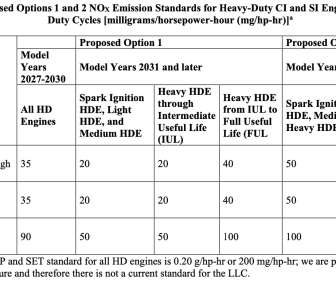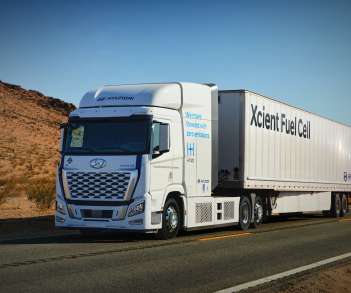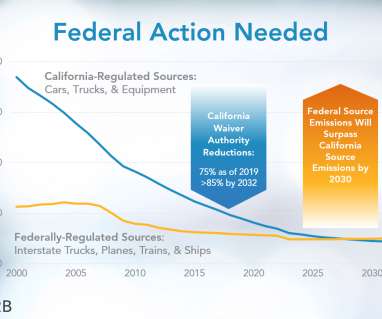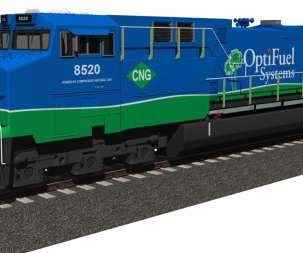EPA proposes new heavy-duty truck emissions rules
Green Car Congress
MARCH 8, 2022
The US Environmental Protection Agency (EPA) is proposing new, stronger standards to promote clean air and reduce pollution from heavy-duty vehicles and engines starting in model year (MY) 2027. EPA is co-proposing two regulatory options for new NO x standards: proposed Option 1 and proposed Option 2.


































Let's personalize your content